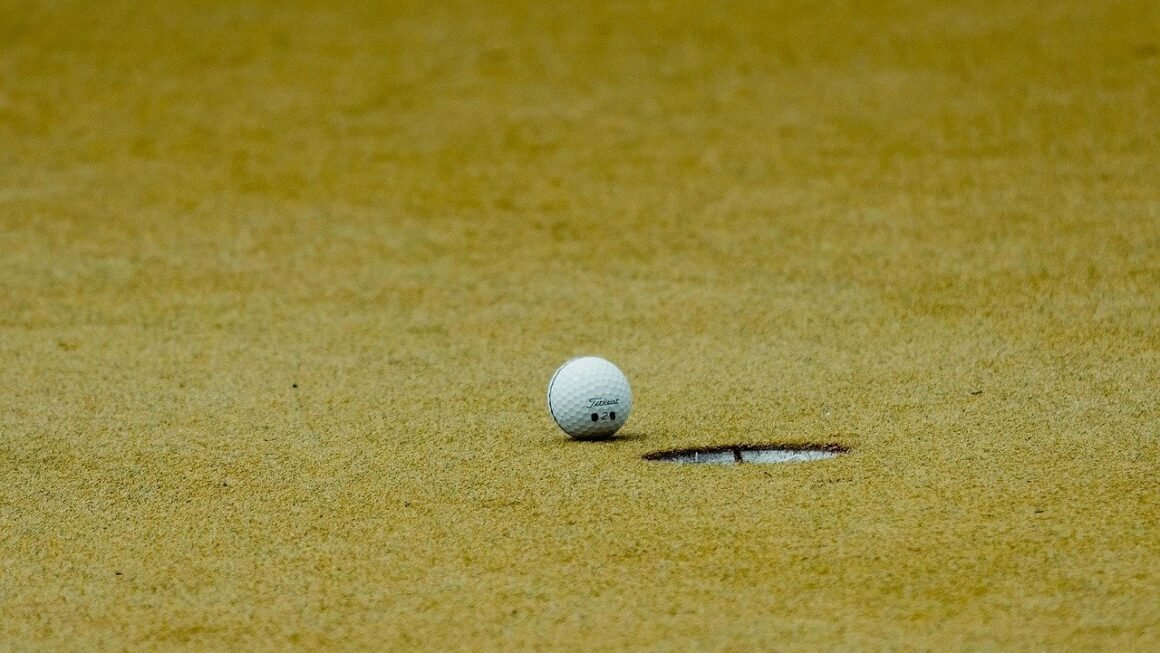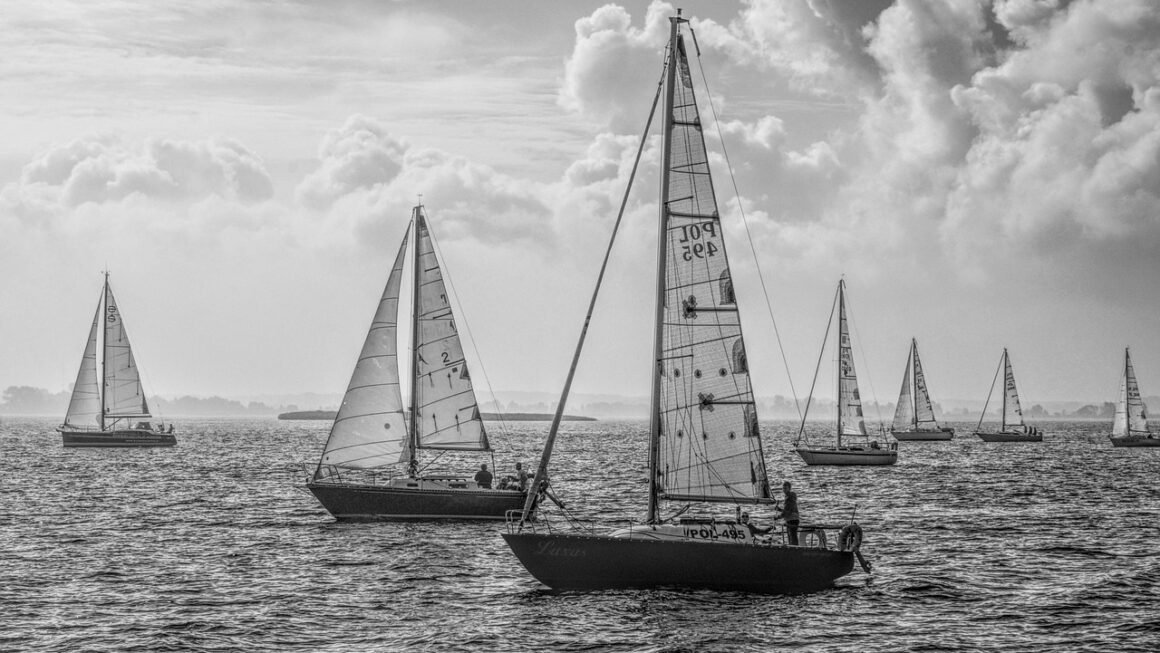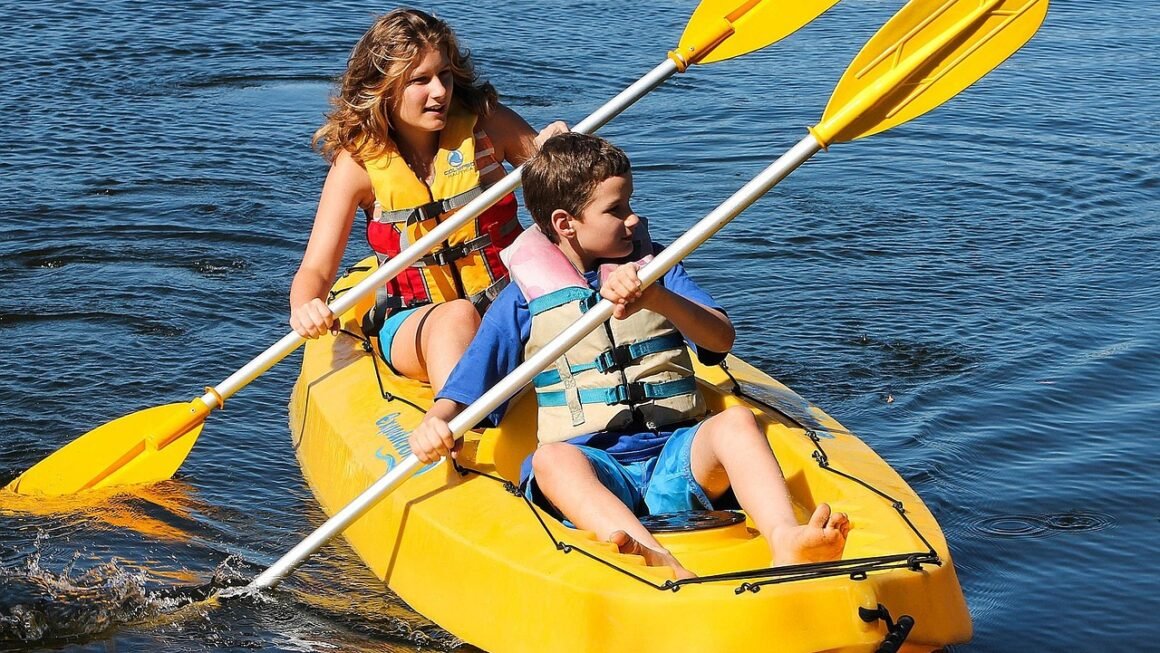Ready to shred some powder? Snowboarding, an exhilarating winter sport, combines the thrill of surfing with the beauty of snow-covered landscapes. Whether you’re a complete beginner strapping in for the first time or a seasoned pro seeking challenging backcountry lines, this guide will provide you with essential information to enhance your snowboarding experience. From understanding the basics of equipment and technique to exploring different riding styles and safety considerations, we’ve got you covered. Get ready to carve your way through the slopes!
Getting Started with Snowboarding
Essential Equipment
Choosing the right snowboarding gear is crucial for comfort, performance, and safety. Here’s a breakdown of the essentials:
- Snowboard: Different boards cater to various riding styles. Consider these factors:
Length: Generally, a board should reach somewhere between your chin and nose when stood upright.
Flex: Softer flex is more forgiving for beginners, while stiffer flex offers more control at higher speeds.
Shape: Directional boards are designed for riding primarily in one direction, while twin boards are symmetrical and suitable for freestyle riding.
Camber: Camber offers better edge hold and pop, while rocker provides better float in powder and easier turning. Hybrid camber profiles offer a blend of both.
- Boots: Proper fitting boots are essential to avoid discomfort and ensure good board control.
Fit: Boots should be snug but not too tight, allowing slight toe movement when standing straight.
Lacing systems: Options include traditional laces, speed laces, and Boa systems.
- Bindings: Bindings connect your boots to the snowboard, transferring your movements to the board.
Strap-in bindings: The most common type, offering secure and adjustable fit.
Rear-entry bindings: Allow you to easily step in and out of the bindings.
- Helmet: Non-negotiable for safety. Choose a helmet that fits snugly and meets safety standards.
- Goggles: Protect your eyes from the sun, wind, and snow. Look for goggles with UV protection and anti-fog coating.
- Gloves or Mittens: Waterproof and insulated to keep your hands warm and dry. Mittens generally offer better warmth.
- Appropriate Clothing: Layers are key to staying comfortable.
Base layer: Moisture-wicking fabric to keep you dry.
Mid-layer: Fleece or insulated jacket for warmth.
* Outer layer: Waterproof and windproof jacket and pants.
Basic Snowboarding Techniques
Mastering the basics is essential for progressing safely and confidently.
- Stance: Your stance refers to the position of your feet on the board. Determine your dominant foot (either regular or goofy) and adjust your bindings accordingly. A typical stance angle is around +15 degrees on the front foot and -6 degrees on the rear foot, but this can be adjusted for comfort.
- Falling Leaf: This technique involves traversing across the slope while gradually descending. It’s a great way to get a feel for the board and control your speed. Alternate between heel edge and toe edge turns.
- Heel Edge and Toe Edge Turns: Lean slightly into your heels to engage the heel edge and turn in that direction. Similarly, lean into your toes to engage the toe edge and turn the other way. Practice smooth transitions between edges.
- Stopping: Use either the heel edge or toe edge to create friction and slow down. Gradually increase the pressure on the edge until you come to a complete stop.
- Chairlift Safety: Pay attention to the chairlift operator’s instructions and be prepared to sit down smoothly. Hold onto the safety bar and avoid leaning forward.
Snowboarding Styles and Disciplines
Snowboarding offers a variety of disciplines to suit different preferences and skill levels.
Freestyle Snowboarding
Freestyle snowboarding focuses on performing tricks and maneuvers in terrain parks and halfpipes.
- Terrain Parks: Feature jumps, rails, boxes, and other obstacles designed for aerial tricks and jibbing.
- Halfpipes: U-shaped snow structures used for performing aerial tricks and transitions.
- Rail Riding: Sliding across metal or plastic rails using the snowboard.
- Jumping: Launching off jumps to perform aerial tricks like grabs, spins, and flips.
Freeride Snowboarding
Freeride snowboarding involves riding ungroomed terrain, such as backcountry slopes, powder fields, and natural features.
- Backcountry Riding: Exploring remote, untouched areas with deep powder snow. Requires avalanche safety knowledge and equipment.
- Powder Turns: Floating effortlessly through deep snow, carving smooth turns without sinking.
- Tree Runs: Navigating through trees, requiring precise board control and quick reflexes.
- Big Mountain Riding: Tackling steep, challenging slopes with cliffs, chutes, and other natural obstacles.
Alpine Snowboarding
Alpine snowboarding, also known as carving, focuses on making precise, high-speed turns on groomed slopes using a stiff board and specialized bindings.
- Carving: Initiating turns by engaging the edge of the board and leaning into the turn, creating clean, smooth arcs.
- Race Courses: Participating in snowboard races, such as slalom and giant slalom, requiring speed and precision.
Safety Considerations
Snowboarding involves inherent risks, so it’s crucial to prioritize safety.
Avalanche Awareness
Backcountry snowboarding requires a thorough understanding of avalanche safety.
- Avalanche Education: Take an avalanche safety course to learn about avalanche terrain, snowpack analysis, and rescue techniques.
- Essential Equipment: Carry an avalanche transceiver, shovel, and probe, and know how to use them.
- Snowpack Assessment: Analyze the snowpack for signs of instability, such as recent avalanche activity, cracking, or collapsing.
- Weather Conditions: Be aware of current and forecasted weather conditions, as they can significantly impact avalanche risk.
- Terrain Selection: Choose terrain that is appropriate for your skill level and the current avalanche conditions. Avoid steep slopes, gullies, and cornices.
On-Resort Safety
Even on groomed slopes, it’s important to be aware of potential hazards.
- Control Your Speed: Ride within your abilities and be aware of other riders around you.
- Stay on Marked Trails: Avoid venturing into closed areas or off-piste terrain without proper knowledge and equipment.
- Look Uphill Before Starting: Ensure that the path is clear before starting down the slope.
- Respect Ski Patrol: Follow their instructions and be aware of their presence on the mountain.
- Hydration and Nutrition: Stay hydrated and eat regularly to maintain energy levels and avoid fatigue.
- First Aid Kit: Carry a basic first aid kit for minor injuries.
Physical Conditioning
Snowboarding requires good physical fitness.
- Strength Training: Focus on building strength in your legs, core, and upper body.
- Cardiovascular Exercise: Improve your endurance with activities like running, cycling, or swimming.
- Flexibility and Balance: Practice stretching and balance exercises to improve agility and prevent injuries.
- Warm-up: Before hitting the slopes, warm up your muscles with light cardio and stretching.
Improving Your Snowboarding Skills
Consistent practice and targeted drills can help you progress from beginner to advanced.
Lessons and Instruction
Consider taking lessons from a certified snowboard instructor.
- Group Lessons: Affordable option for beginners to learn the basics.
- Private Lessons: Personalized instruction tailored to your skill level and goals.
- Clinics and Workshops: Focused sessions on specific skills, such as park riding or powder techniques.
Drills and Exercises
Practice specific drills to improve your technique.
- Edge Control Drills: Focus on smooth transitions between heel edge and toe edge turns.
- Balance Drills: Practice balancing on one foot and shifting your weight to improve stability.
- Ollie Practice: Learn to ollie (jump without using a ramp) to improve your air awareness and board control.
- Buttering Drills: Practice buttering (sliding on the nose or tail of the board) to improve your freestyle skills.
Visualizing Your Riding
Mental preparation can significantly enhance your performance.
- Visualize Success: Imagine yourself executing turns and tricks flawlessly.
- Study Videos: Watch videos of professional snowboarders to learn new techniques and styles.
- Positive Self-Talk: Encourage yourself and maintain a positive attitude.
Conclusion
Snowboarding offers an incredible blend of adventure, fitness, and connection with nature. By understanding the fundamentals of equipment, technique, safety, and progression, you can unlock the full potential of this exciting sport. Remember to always prioritize safety, respect the mountain environment, and embrace the learning process. With dedication and passion, you’ll be carving up the slopes and enjoying the thrill of snowboarding for years to come. Now, get out there and ride!



